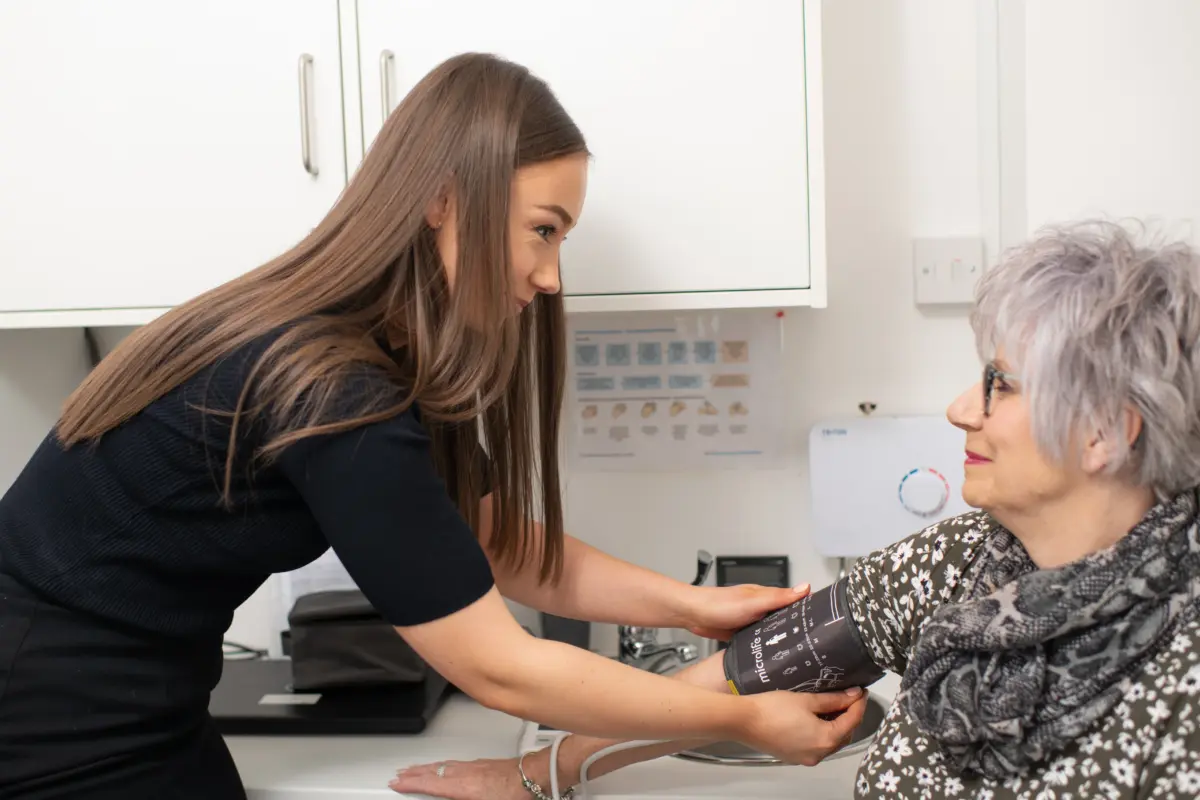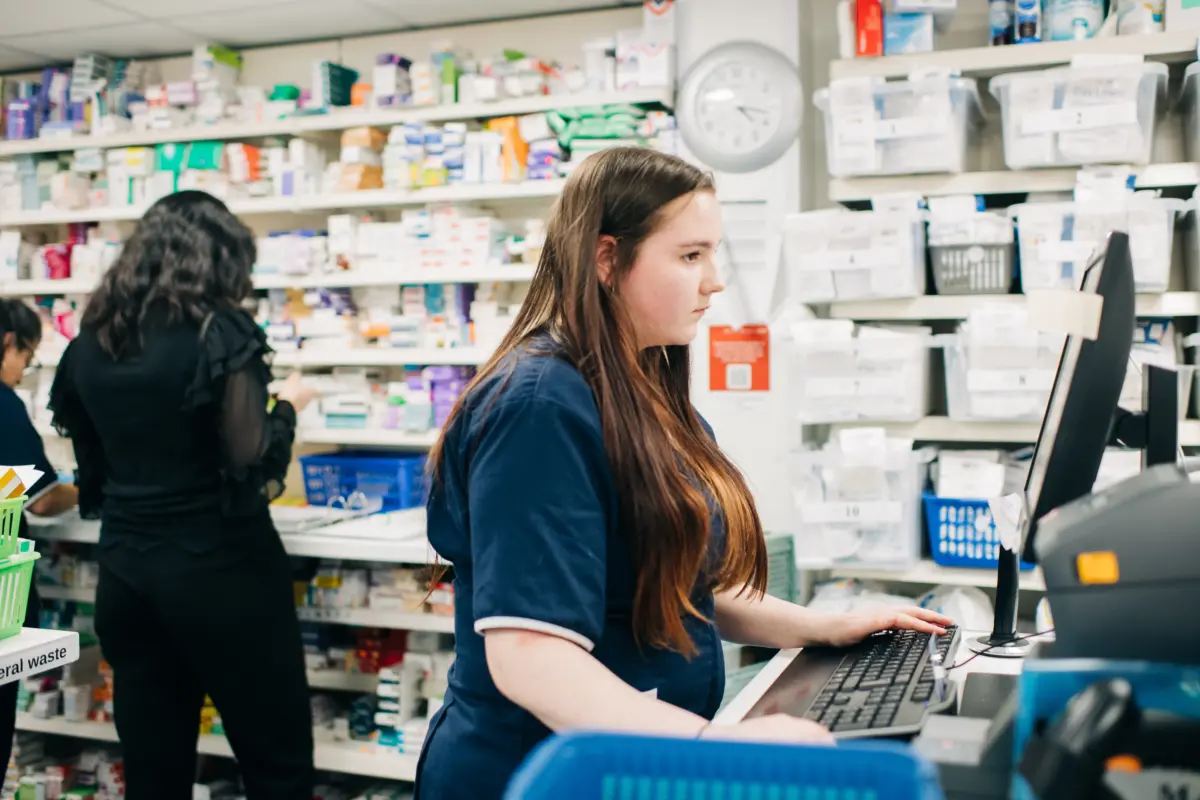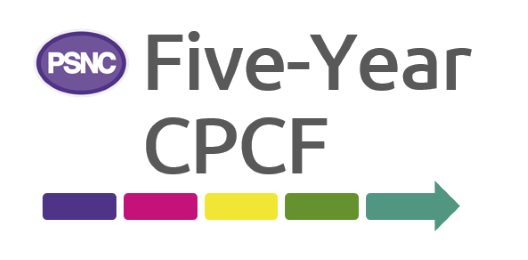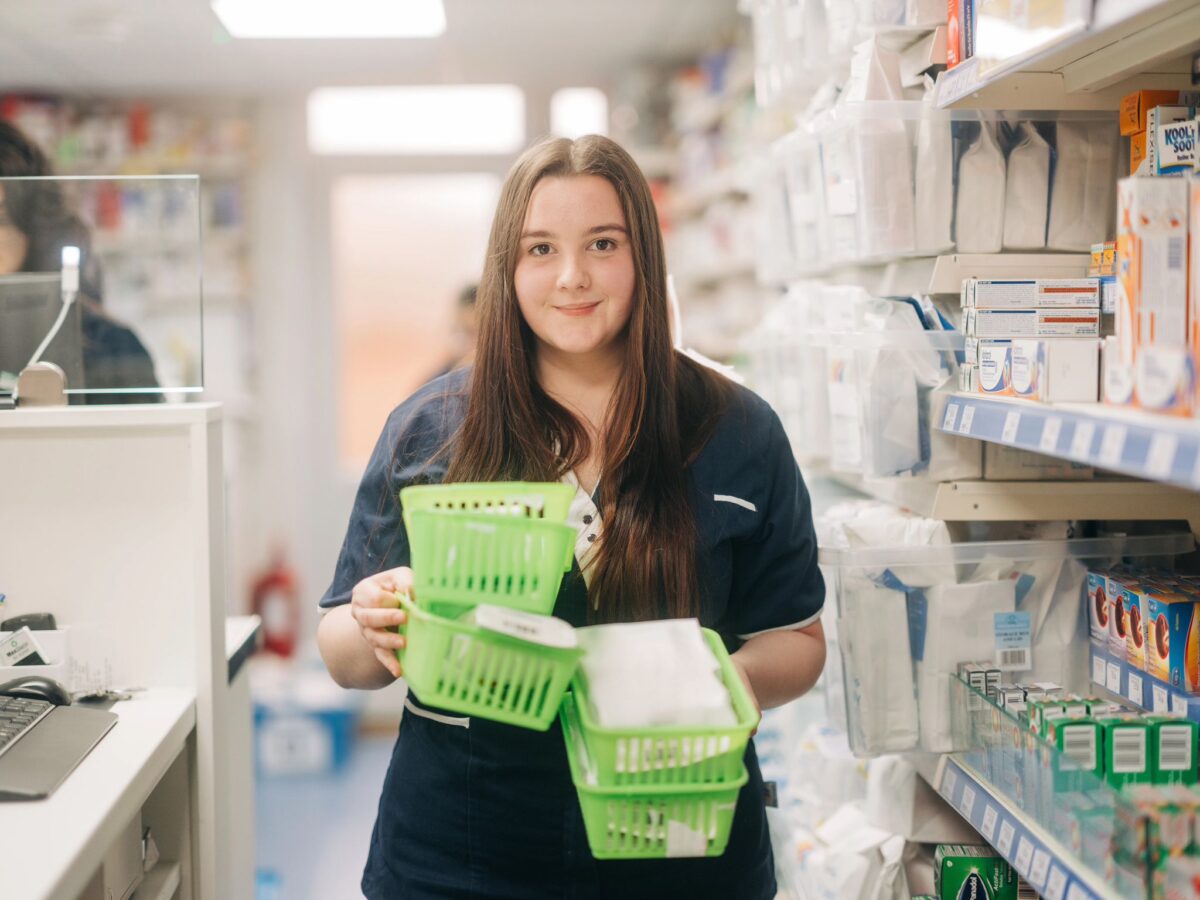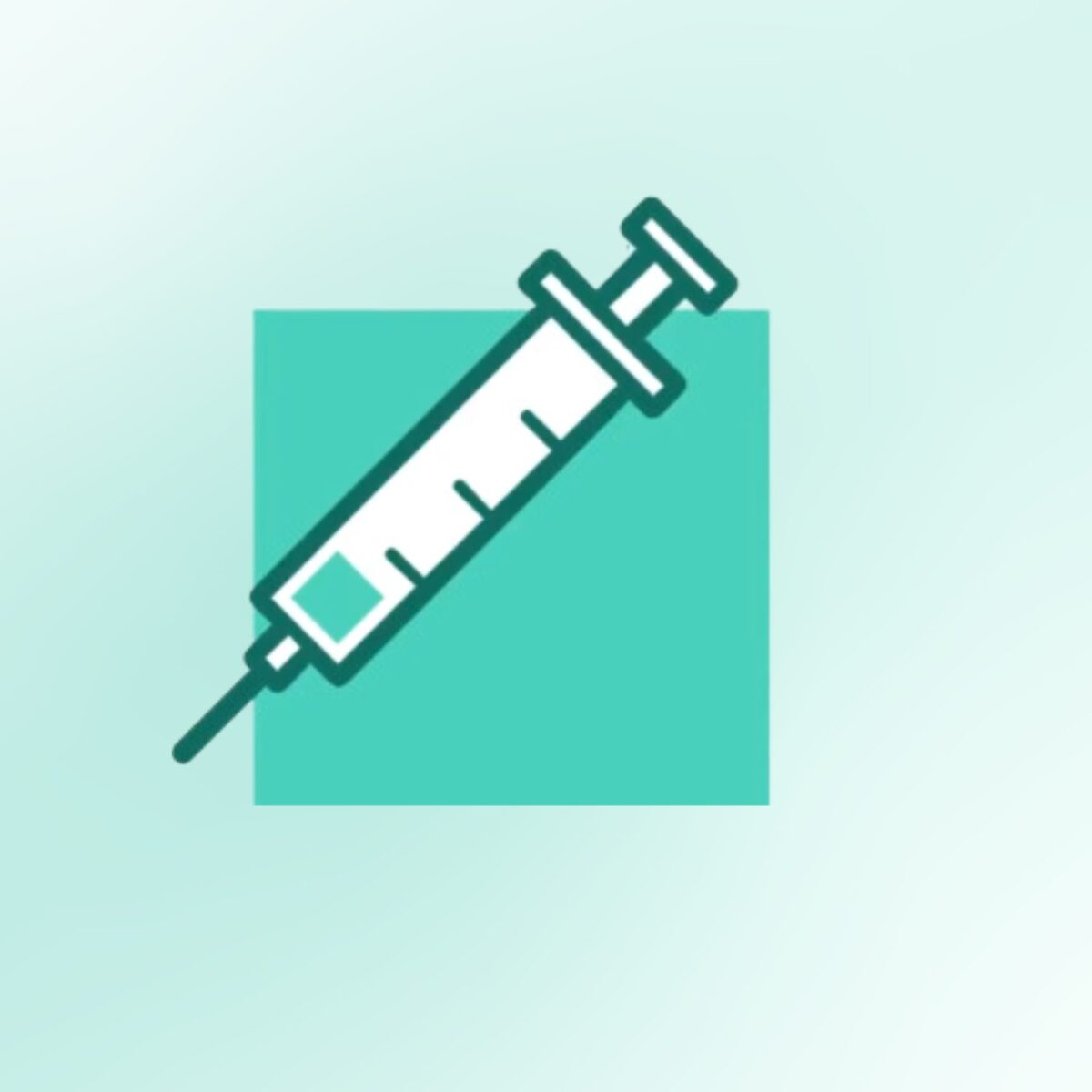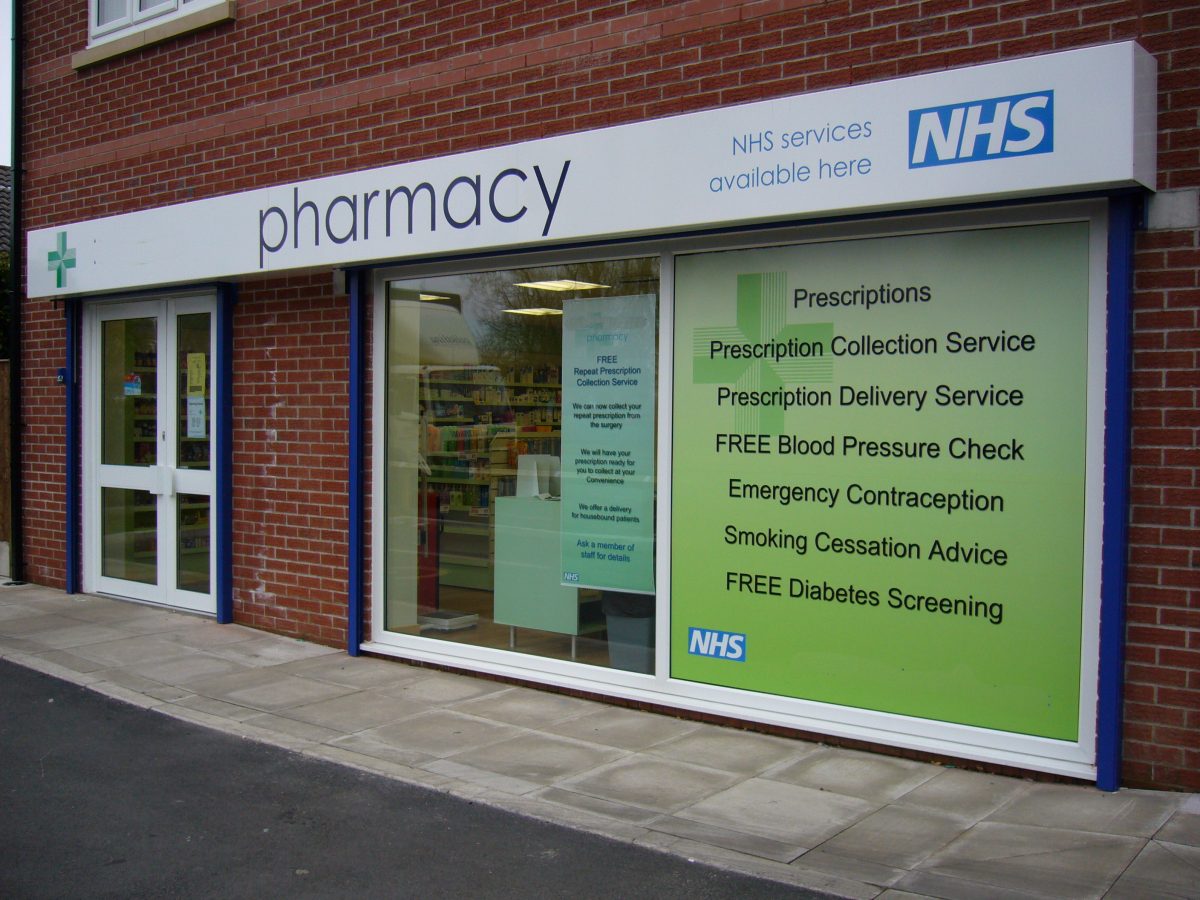Healthy Living Pharmacy: Holding an awareness event/campaign on physical activity
Published on: 24th March 2017 | Updated on: 1st June 2022
This page contains links to resources and information which pharmacy teams may wish to consider using when planning a health promotion event/campaign focussing on promoting physical activity.
Click on a heading below for more information.
The below tools can be used to gather information to establish the level of physical activity on a local basis:
- Data.GOV.UK – Statistics on Obesity, Physical Activity and Diet, England: This statistical report presents a range of information on obesity, physical activity and diet, drawn together from a variety of sources. Data is presented at Clinical Commissioning Group or local authority level
- Public Health England – Health Profiles: This tool provides a snapshot of health and wellbeing across each local authority in England as portrayed by a range of indicators. They are intended to stimulate discussion between local government and health service providers by highlighting local needs and providing comparisons with other areas as well as with the national average.
- Public Health England (PHE) – Physical Activity tool: This tool brings together data for the whole of England on physical activity, including walking and cycling, as well as data on related risk factors and conditions such as obesity and diabetes. The tool presents data at local level to help promote physical activity, develop understanding, and support benchmarking, commissioning and service improvement
- Sport England – Active People Survey analysis tool: This site gives you access to data from the Active People Survey; a survey that tracks the number of people taking part in sport and wider physical activity in England
- Communicating with patients page on the Community Pharmacy England website
- Healthy Living Pharmacies page on the Community Pharmacy England website
| Charity/Organisation | Resources available |
| Arthritis Research UK | |
| Keep moving (booklet) | |
| British Heart Foundation | |
| Calories calculator (online interactive tool) | |
| 10 minutes to change your life – Time to get moving challenge chart | |
| Put your heart into walking – set some goals | |
| Get active, stay active – progress record | |
| Get active, stay active – goals setting sheet | |
| Get active stay active personal activity diary | |
| Cancer Research UK | |
| Prevention – Exercise/activity (leaflets, pocket cards, posters, PowerPoint slides) | |
| Comic Company | |
| Get Fit & Happy Heart (leaflets, posters, bookmarks, postcards, snapers, quizzes) | |
| Department of Health | |
| UK physical activity guidelines (factsheets) | |
| Public Health England | |
| ’10 Minute Shake Ups’ resources (posters, passports, stickers) | |
| Royal Society for Public Health | |
| Physical activity impact pathway | |
- British Heart Foundation – Physical Activity Statistics 2015
- NHS Digital – Statistics on Obesity, Physical Activity and Diet
- Public Health England – Health Matters: Your adult physical activity toolkit
- Sport England – Active People Survey
- e-Learning for Healthcare – Making Every Contact Count e-learning
- e-Learning for Healthcare – Population Wellbeing Portal
- P3 – Public health awareness campaigns with impact (requires log-in)
- Pharmacy Magazine – Promoting physical activity and exercise CPD module (requires log-in)
- Guidance from the Chief Medical Office (CMO) has been published on how much physical activity people should be doing, according to their age group. Individual physical and mental capabilities should be considered when interpreting the guidelines
Early years (under 5s) – infants not yet capable of walking
- Physical activity should be encouraged from birth, particularly through floor-based play and water-based activities in safe environments
- All under 5s should minimise the amount of time spent being sedentary (being restrained or sitting) for extended periods (except time spent sleeping)
Early years (under 5s) – children capable of walking
- Children of pre-school age who are capable of walking unaided should be physically active daily for at least 180 minutes (3 hours), spread throughout the day
- All under 5s should minimise the amount of time spent being sedentary (being restrained or sitting) for extended periods (except time spent sleeping)
Children and young people aged 5-18
- All children and young people should engage in moderate to vigorous intensity physical activity for at least 60 minutes and up to several hours every day
- Vigorous intensity activities, including those that strengthen muscle and bone, should be incorporated at least three days a week
- All children and young people should minimise the amount of time spent being sedentary (sitting) for extended periods
Adults aged 19-64
- Adults should aim to be active daily. Over a week, activity should add up to at least 150 minutes (2½ hours) of moderate intensity activity in bouts of 10 minutes or more – one way to approach this is to do 30 minutes on at least 5 days a week
- Alternatively, comparable benefits can be achieved through 75 minutes of vigorous intensity activity spread across the week or combinations of moderate and vigorous intensity activity
- Adults should also undertake physical activity to improve muscle strength on at least two days a week
- All adults should minimise the amount of time spent being sedentary (sitting) for extended periods
Older adults aged 65+
- For those who are already regularly active at moderate intensity, comparable benefits can be achieved through 75 minutes of vigorous intensity activity spread across the week or a combination of moderate and vigorous activity
- Older adults should also undertake physical activity to improve muscle strength on at least two days a week
- Older adults at risk of falls should incorporate physical activity to improve balance and co‑ordination on at least two days a week
- All older adults should minimise the amount of time spent being sedentary (sitting) for extended periods
- Consider providing free pedometers to customers to encourage people to get walking, or encourage people to download these on their smartphones where necessary
- Consider contacting local gyms to discuss whether you can advertise offers or promotions they are running
- Walking for health is an organisation that organises free, short walks every week; find out if your local area has one and signpost people to it
- NHS Choices has many free, online structured exercise programmes such as Couch to 5K (available as an app), Strength and Flex, Fitness Studio workouts and 10-minute workouts that patients may be unaware of and wish to engage in
- e-Learning for Healthcare – All Our Health programme
- Change 4 Life – Get going
- Facebook – Making Every Contact Count (MECC) Community
- Health Education England – Making Every Contact Count
- The NHS Website – Exercise
- The World Health Organization – Global action plan on physical activity 2018–2030: more active people for a healthier world

